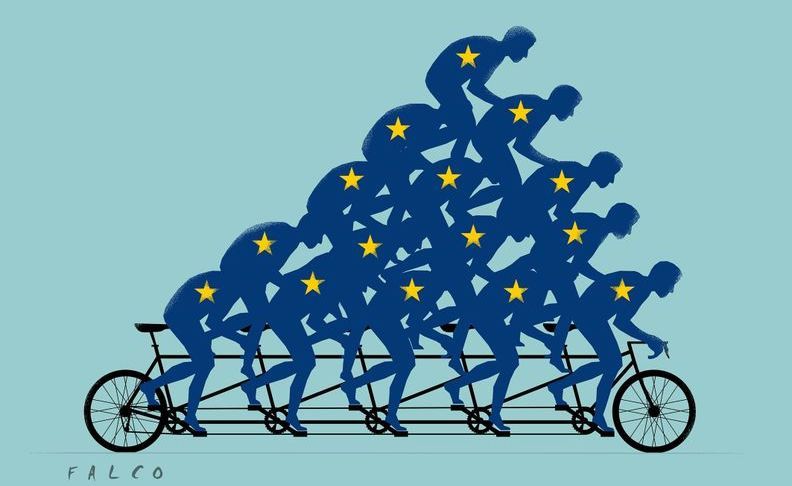11.5 percent of Europeans aged between 15 and 25 are neither in work nor training. These are NEETs (Not in Education, Employment or Training), in current jargon. The term covers many heterogeneous situations: 38 percent of NEETs are short-term unemployed – usually young graduates looking for their first job, or young people entering the labour market again after a period of education or training – while 50 percent of NEETs are long-term unemployed or inactive, out of work for personal reasons (family responsibilities, health) or due to lack of qualifications. They are stuck, then, in a phase of transition, which can end up lasting longer than expected.
This situation is all the more worrying since, according to the European Foundation for the Improvement of Living and Working Conditions (Eurofound), the magnitude of that second category has been under-estimated. This can be blamed on the incapacity of most European states to propose alternatives for the identification of these young and inactive young people. Discouraged by the difficulty of the usual procedures, they all too often fall off the radar. While certain countries are now looking for better ways to keep track of NEETs – establishing, for example, a network of mediators for young people in Bulgaria, or one-stop guidance centres for young people in Finland – young people closer to the labour market still remain over-represented by the official statistics.
Women between 15 and 29 are more likely to be without either training or employment than their male counterparts (16 percent against 12 percent in 2016). This is mainly for family reasons, explains an article published by the European Parliament in 2017. In addition, the proportion of NEETs increases with age: in 2015, only 6 percent of young people aged between 15 and 19 had neither employment nor training, as opposed to 17 percent of those aged 20-24.
Mediterranean countries – with the addition of Ireland – have the highest proportion of NEETs, and these are, moreover, mostly long-term unemployed. Next are the countries in Eastern Europe, where the principal cause of exclusion of young people from employment or training is family responsibility (almost a quarter of young Latvians or Bulgarians without work have a family responsibility, as opposed to only 10 percent of Spanish or Swedish young people). Finally, NEETs are relatively less numerous in Scandinavian countries and Western Europe, and, for the most part, are short term unemployed or returning to work.
In an effort to stem the tide which has grown considerably since the crisis of 2008 – costing European member states an estimated 162 billion euros per year, or 1.3 percent of GDP – the European Commission, in 2013, established the Youth Guarantee. The main ambition of this guarantee – to which all member states adhere – is to ensure that every young person receives a “good quality offer of employment, continued education, apprenticeship or internship within a period of four months of becoming unemployed or leaving formal education”.
Financed by the European social fund and the Youth Employment Initiative (YEI), with a budget of 6.4 billion euro, this guarantee has already lead to the adoption of 132 measures which favour employment and training for young people in Europe, according to the European Commission. While the number of young people in neither work nor training has decreased since 2014, the European Commission nevertheless laments that member states’ policies place priority on the unemployed, to the detriment of the economically inactive – a fragile population whose neglect could threaten, in time, the social cohesion of European countries.
Cet article est publié en partenariat avec The European Data Journalism Network – CC/BY/NC
Cet article est publié en partenariat avec The European Data Journalism Network – CC/BY/NC
Cet article est publié en partenariat avec The European Data Journalism Network – CC/BY/NC
Cet article est publié en partenariat avec The European Data Journalism Network – CC/BY/NC
Cet article est publié en partenariat avec The European Data Journalism Network – CC/BY/NC
Was this article useful? If so we are delighted!
It is freely available because we believe that the right to free and independent information is essential for democracy. But this right is not guaranteed forever, and independence comes at a cost. We need your support in order to continue publishing independent, multilingual news for all Europeans.
Discover our subscription offers and their exclusive benefits and become a member of our community now!












